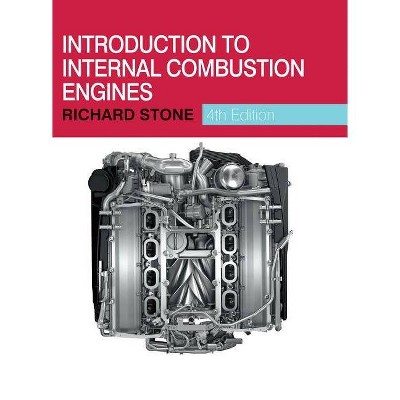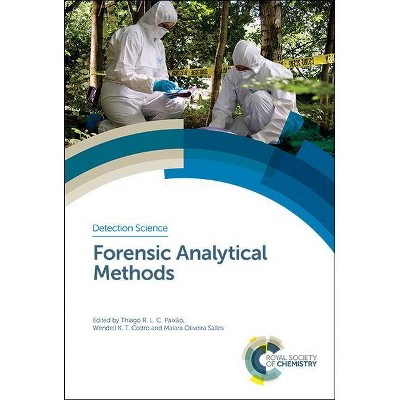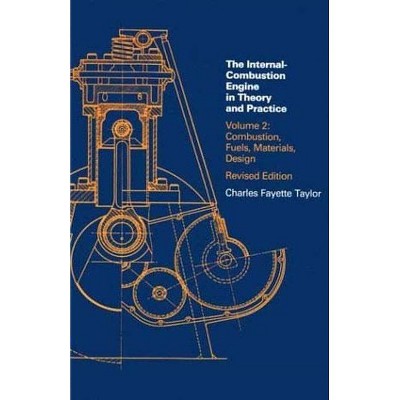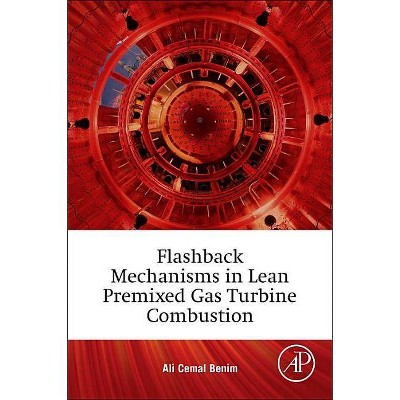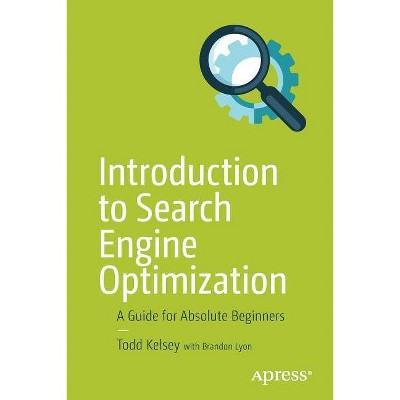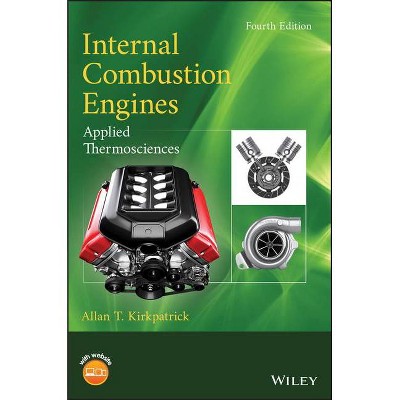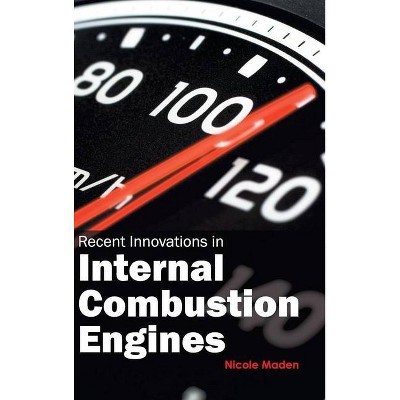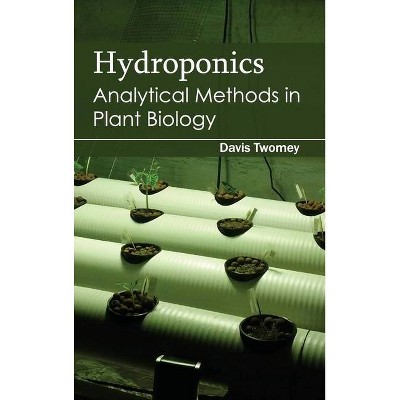Introduction to Analytical Methods for Internal Combustion Engine CAM Mechanisms - by J J Williams (Paperback)
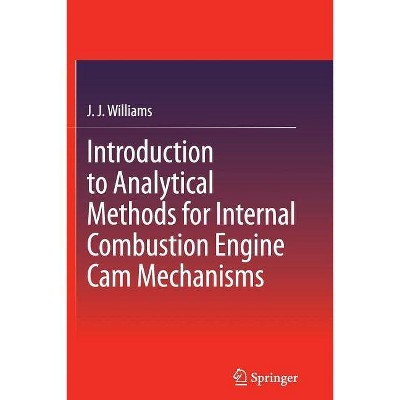
Similar Products
Products of same category from the store
AllProduct info
<p/><br></br><p><b> About the Book </b></p></br></br>This book provides a logical sequence of steps for the derivation of relevant equations for automotive cam mechanisms. Originally derived for use in high performance engines, other applications include production autos, and printing and packaging machinery.<p/><br></br><p><b> Book Synopsis </b></p></br></br><p>Modern design methods of Automotive Cam Design require the computation of a range of parameters. This book provides a logical sequence of steps for the derivation of the relevant equations from first principles, for the more widely used cam mechanisms. Although originally derived for use in high performance engines, this work is equally applicable to the design of mass produced automotive and other internal combustion engines. This work may also be applicable for cams used in other areas such as printing and packaging machinery.</p><p> <i>Introduction to Analytical Methods for Internal Combustion Engine Cam</i> <i>Mechanisms </i>provides the equations necessary for the design of cam lift curves with an associated smooth acceleration curve. The equations are derived for the kinematics and kinetics of all the mechanisms considered, together with those for cam curvature and oil entrainment velocity. This permits the cam shape, all loads and contact stresses to be evaluated, and the relevant tribology to be assessed. The effects of asymmetry on the manufacture of cams for finger follower and offset translating curved followers is described, and methods for transformation of cam shape data to that for a radial translating follower are given. This permits the manufacture and inspection by a wider range of CNC machines. </p><p>The calculation of unsteady camshaft torques is described and an outline given for evaluation of the components for the lower engine orders. Although the theory, use and design, of reactive pendulum dampers are well documented elsewhere, these subjects have also been considered for completeness. The final chapter presents analysis of push rod mechanisms, including a four bar chain mechanism, which is more robust</p><p>Written both as a reference for practising automotive design and development Engineers, and a text book for automotive engineering students, <i>Introduction to Analytical Methods for Internal Combustion Engine Cam</i> <i>Mechanisms </i>gives readers a thorough introduction into the design of automotive cam mechanisms, including much material not previously published.</p><p/><br></br><p><b> From the Back Cover </b></p></br></br><p>Modern design methods of Automotive Cam Design require the computation of a range of parameters. This book provides a logical sequence of steps for the derivation of the relevant equations from first principles, for the more widely used cam mechanisms. Although originally derived for use in high performance engines, this work is equally applicable to the design of mass produced automotive and other internal combustion engines. </p><p> <i>Introduction to Analytical Methods for Internal Combustion Engine Cam</i> <i>Mechanisms </i>provides the equations necessary for the design of cam lift curves with an associated smooth acceleration curve. The equations are derived for the kinematics and kinetics of all the mechanisms considered, together with those for cam curvature and oil entrainment velocity. This permits the cam shape, all loads, and contact stresses to be evaluated, and the relevant tribology to be assessed. The effects of asymmetry on the manufacture of cams for finger follower and offset translating curved followers is described, and methods for transformation of cam shape data to that for a radial translating follower are given. This permits the manufacture and inspection by a wider range of CNC machines. </p><p>The calculation of unsteady camshaft torques is described and an outline given for evaluation of the components for the lower engine orders. The final chapter presents analysis of push rod mechanisms, including a four bar chain mechanism, which is more robust.</p><p>Written both as a reference for practising automotive design and development Engineers, and a text book for automotive engineering students, <i>Introduction to Analytical Methods for Internal Combustion Engine Cam</i> <i>Mechanisms </i>gives readers a thorough introduction into the design of automotive cam mechanisms.</p><p/><br></br><p><b> About the Author </b></p></br></br><p>Dr JJ Williams was involved in research into flow-induced vibrations of large structures and rotating machinery for 7 years. His best known work from this period is on the Vibration of Cooling Tower Shells. He then spent 18 years as a University Teacher lecturing in a wide range of subjects in Mechanical, Civil and Electrical Engineering. During his last five years as an Academic, his research was centred on analysis of cam mechanisms and valve spring vibration. For a further 18 years he worked as a Design Analyst at Ilmor Engineering, where much of his time was devoted to writing software for the design of valve train components and engine bearings for CART, Indy Car and Formula One. This software was also suitable for other engines and he designed cams for a 1920 Miller Straight 8, together with Rolls Royce Merlin Engines for a P51 Mustang and the Battle of Britain Flight. A more extreme version of these cams was also produced for use in a Mustang for the Reno Air Races. More recently he has worked as a consultant writing programs mainly for the design of valve trains for Formula One, high performance sports-racing cars and motor cycle engines.</p>
Price History
Price Archive shows prices from various stores, lets you see history and find the cheapest. There is no actual sale on the website. For all support, inquiry and suggestion messagescommunication@pricearchive.us
